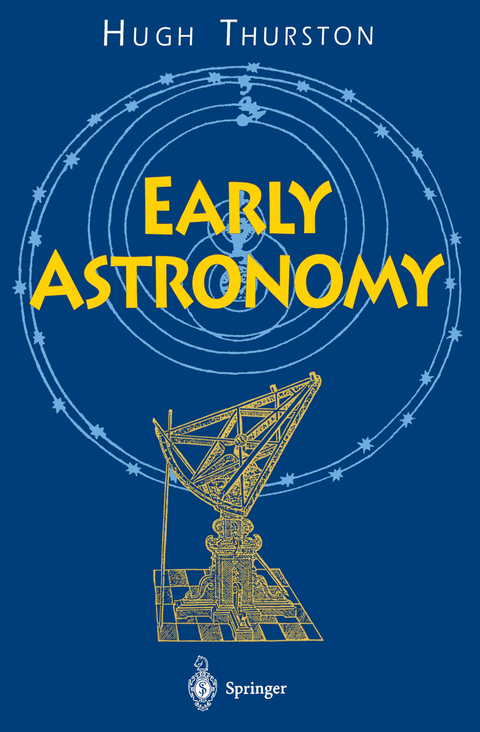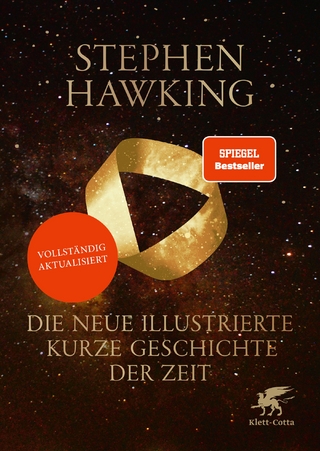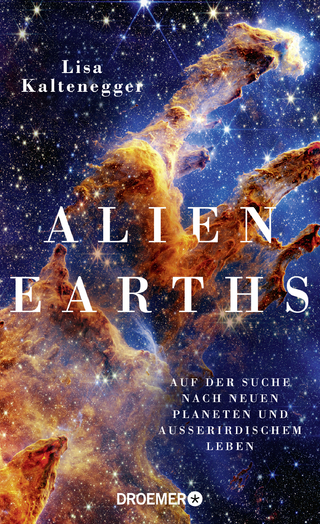
Early Astronomy
Springer-Verlag New York Inc.
978-0-387-94822-5 (ISBN)
1. Early Stargazers.- The Celestial Bowl.- The Constellations.- The Rotation of the Heavens.- The Sun.- The Moon.- The Planets.- The Stars.- The Astronomer’s Tools.- 2. Megalithic Astronomy.- Stonehenge.- Other Megalithic Structures.- 3. The Babylonians.- Early Period.- Sexagesimal Numerals.- Late Period.- 4. The Egyptians.- 5. The Chinese.- Chinese Units.- 6. The Greeks.- The Early Thinkers.- The Classical Greeks.- Hipparchus.- Ptolemy.- 7. The Astronomy of ?ryabha$$
/mathop t/limits_.
$$a.- The Sun.- The Moon.- The Planets.- Further Topics.- Unwritten Astronomy.- 8. Arabic Astronomy.- 9. The Mayas.- The Moon.- Venus.- Eclipse Table.- The Accuracy of the Maya Calendar.- 10. The European Renaissance.- Copernicus.- Tycho Brahe.- Kepler.- Appendix 1. Hipparchus’s Table of Chords.- Appendix 2. Calculation of the Eccentric-Quotient for the Sun, and the Longitude of its Apogee.- Appendix 3. Ptolemy’s Table of Chords.- Appendix 4. Calculating the Radius of the Moon’s Epicycle.- Appendix 5. The Eccentric-Quotient and Apogee of Mars.- Appendix 6. Reversed Epicycles.- Further Reading.- Sources of Information.
| Reihe/Serie | Springer Study Edition |
|---|---|
| Zusatzinfo | X, 268 p. |
| Verlagsort | New York, NY |
| Sprache | englisch |
| Maße | 155 x 235 mm |
| Themenwelt | Sachbuch/Ratgeber ► Natur / Technik ► Weltraum / Astronomie |
| Naturwissenschaften ► Physik / Astronomie ► Astronomie / Astrophysik | |
| ISBN-10 | 0-387-94822-8 / 0387948228 |
| ISBN-13 | 978-0-387-94822-5 / 9780387948225 |
| Zustand | Neuware |
| Haben Sie eine Frage zum Produkt? |
aus dem Bereich


